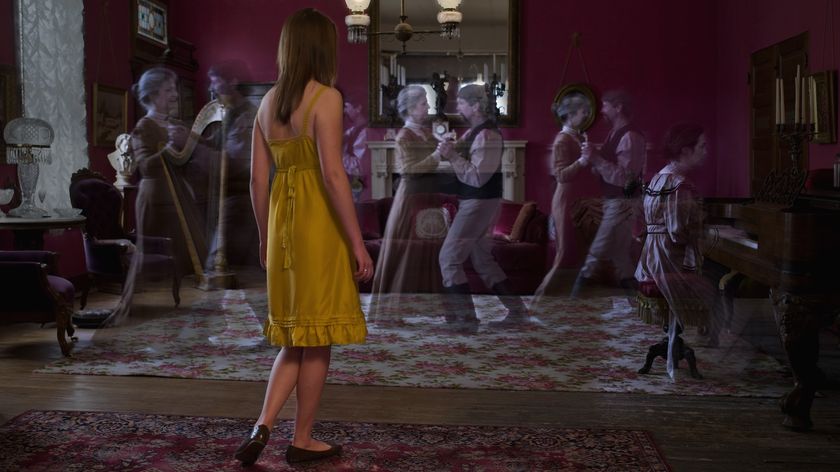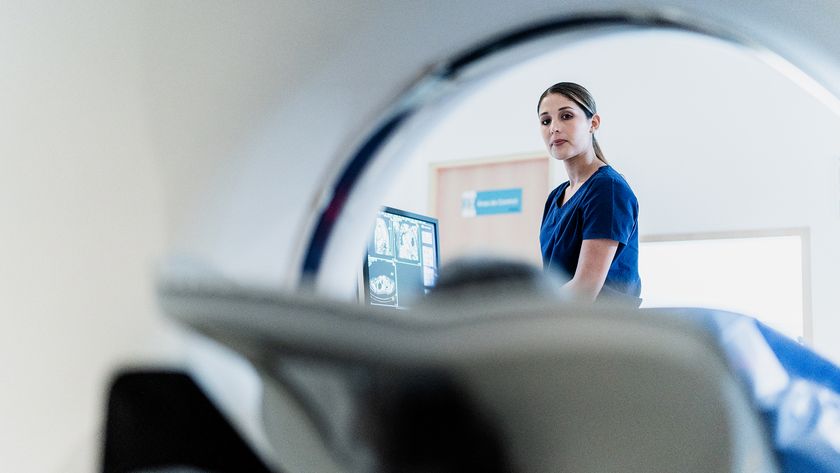Clown Sightings Not Always a Laughing Matter

Did Mischief Night come early this year? In a growing list of states, people have unsettling tales to tell of enigmatic and downright sinister clown sightings.
The situation is no joke to the police. In regions where clown appearances are on the rise, local and state officials are monitoring descriptions and urging people to report suspicious individuals or activities — especially if they might pose a threat to children — though as yet there have been no specific warnings issued in connection with Halloween.
Clowns were initially spotted across two South Carolina counties beginning on Aug. 23, and the sightings continued through the first week of September, according to a timeline of incident reports created by FOX Carolina. [10 Clowns to Fuel Your Nightmares]
Since then, people have spied mysterious clowns in North Carolina, Maryland, Georgia, Alabama and Pennsylvania, the Associated Press reported on Sept. 23, while law enforcement officials in Kentucky and Tennessee recently shared warnings and updates about clown sightings on social media.
In most of the encounters, those who glimpsed the clowns did so from a distance, and emerged from the encounter rattled but unharmed. However, one teen in Summitville, Tennessee, told WKRN-TV, "I thought I was going to die," when a knife-wielding person in a clown mask approached him from behind and slashed his hand. The clown fled the scene and an investigation is still underway, WKRN reported.
Threats or hoaxes?
In fact, there have been numerous reports across Tennessee of clown sightings, according to Lt. Bill Miller, a public information officer with the Tennessee Highway Patrol, Department of Safety and Homeland Security.
Some people who contacted officials described seeing a clown by the side of the road as they drove by, though any photos they captured from the car didn't show much detail, Miller told Live Science. In one case, the clown was shirtless but had a painted face and "clown hair," and was kneeling by the roadside holding a child-size doll that resembled Raggedy Ann, Miller said. Photos, predictably, were blurry and indistinct.
Sign up for the Live Science daily newsletter now
Get the world’s most fascinating discoveries delivered straight to your inbox.
"We don't know if they're threats or hoaxes," Miller said. "But they're causing a lot of public concern, and we have an obligation to make sure that we address that and give the public the best information we have."
In most of these instances, the clowns didn't seem to be behaving in a threatening way. However, many people find clowns' bold face paint and garb unsettling, no matter what the clowns might be doing. Experts told Live Science that people may experience an immediately negative response to seeing a clown for a number of reasons.
As performers, clowns sport heavy makeup that conceals their expressions, use highly exaggerated gestures and behavior, and are often unpredictable. All of these factors could cause someone to cringe at the sight of a clown even in places where they wouldn't be surprised to find one — at a circus or a birthday party, for example. Unexpectedly coming across a clown standing near the woods or by the side of the road could understandably inspire unease in people.
To promote awareness about the clown situation in Tennessee, the state's Highway Patrol tweeted a "watch for clowns" warning on Sept. 24, clarifying in a later tweet that the photo they used did not represent clowns that were actually spotted in Tennessee, and was a stock image intended to draw attention to the potential danger to children.
Social media can also be used to deliberately fan the flames of clown fear, as residents of Rainbow City, Alabama, discovered. On Sept. 19, cryptic social media posts about a clown visiting a local middle school prompted absenteeism and police involvement, Rainbow City Police Chief Jonathon Horton told Live Science.
However, the posts were quickly traced and identified as a juvenile prank, and Horton seemed unperturbed about the possibility of future clown-related incidents.
"If we hear 'clown' and 'school' in the same sentence, we're concerned about it," Horton said. "If they make a statement on social media or cause a scare to the general population — as in a school — we plan on intervening."
"But we're not out looking for clowns," he added.
Proactive protection
Social media played a more proactive role in the Barbourville, Kentucky, police department's response to so-called "clown complaints." Barbourville police detective Steve Owens told Live Science that these local sightings were probably "copycats," inspired by reports of clowns that came in from the Carolinas and elsewhere.
Copycats or not, the Barbourville clown reports caused enough alarm that the police issued a statement on Sept. 20 on Facebook, advising people to refrain from dressing as a clown in public, as this could lead to "a dangerous situation for you and others."
According to Owens, the statement was intended to discourage people who might be tempted to don a clown suit as a prank, urging them to recognize how this might frighten others and lead to someone getting hurt.
But it was also a warning against overreacting to a perceived threat from someone doing nothing more than walking around in an unusual outfit. Police officials warned that "assaulting, shooting, attacking or otherwise injuring someone" simply because they were wearing a costume could lead to criminal charges.
"We felt we had an obligation to protect the safety of individuals who wanted to dress up, as well as the general public," Owens said.
Original article on Live Science.

Mindy Weisberger is an editor at Scholastic and a former Live Science channel editor and senior writer. She has reported on general science, covering climate change, paleontology, biology and space. Mindy studied film at Columbia University; prior to Live Science she produced, wrote and directed media for the American Museum of Natural History in New York City. Her videos about dinosaurs, astrophysics, biodiversity and evolution appear in museums and science centers worldwide, earning awards such as the CINE Golden Eagle and the Communicator Award of Excellence. Her writing has also appeared in Scientific American, The Washington Post and How It Works Magazine. Her book "Rise of the Zombie Bugs: The Surprising Science of Parasitic Mind Control" will be published in spring 2025 by Johns Hopkins University Press.
Most Popular




